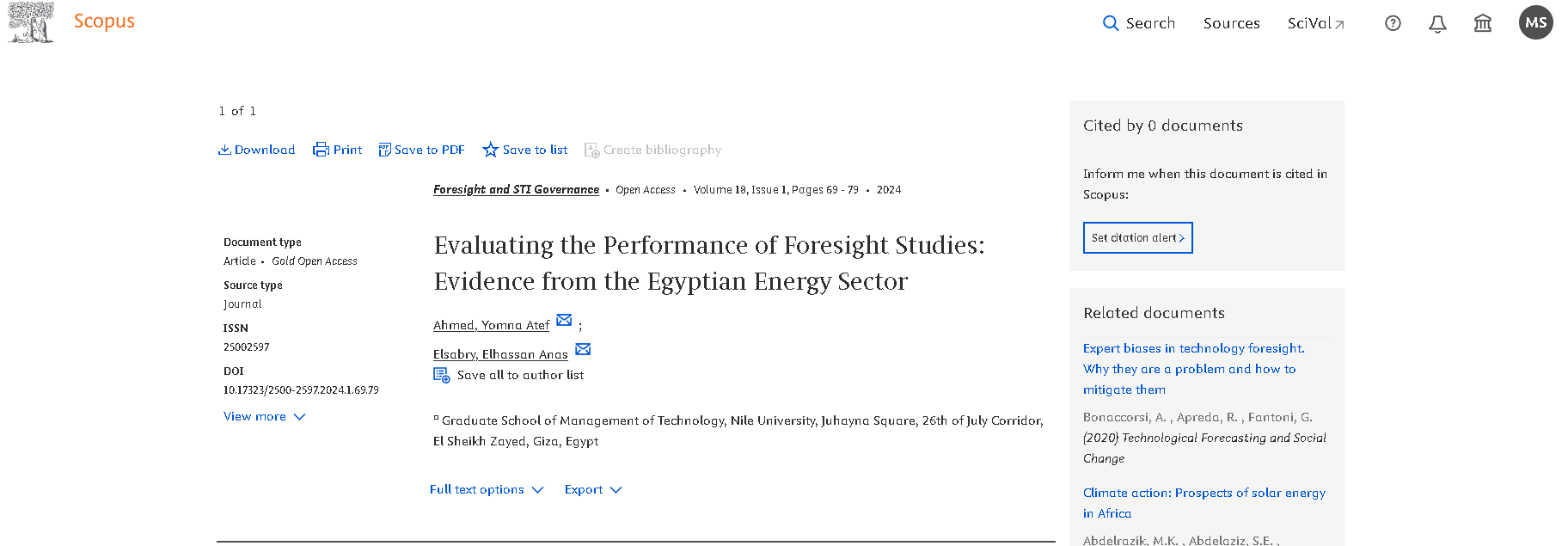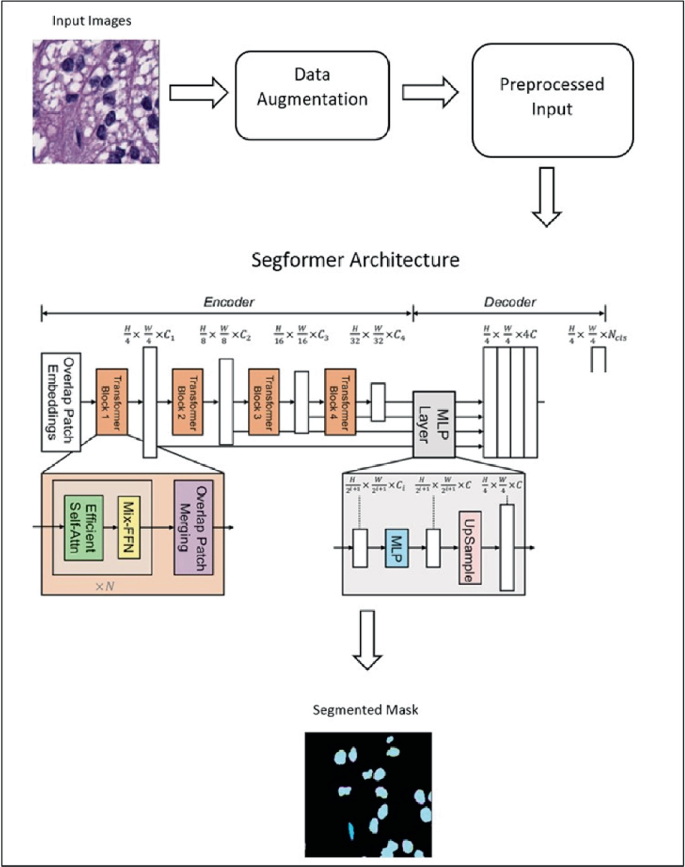

Comparison of statistical deterioration models for water distribution networks
The use of water main break history as a proxy for condition has become common practice because of the high costs associated with direct assessments. Statistical deterioration models predict future water main breaks on the basis of historical patterns. Many municipalities are beginning to understand the value of utilizing water pipe break histories to manage their noncritical distribution networks via deterioration models. This paper presents a generic IDEF0 process model for developing water main deterioration models. Two common statistical deterioration models for water pipes are compared: rate-of-failure models (ROF) and transition-state (TS) models. ROF models extrapolate the breakage rate for a particular cohort of pipes and do not differentiate between the times between successive failures. On the other hand, transition-state models attempt to model the time between successive failures for pipes. This paper presents a comparison and analysis of ROF models and transition-state models by using a single data set for cast- and ductile-iron pipes in the City of Hamilton, Ontario, Canada. The paper compares the models' ability to support breakage forecasting, long-term strategic planning, and short-term tactical planning. Best practices for pipe segmentation in support of water main deterioration models are presented. © 2011 American Society of Civil Engineers.



